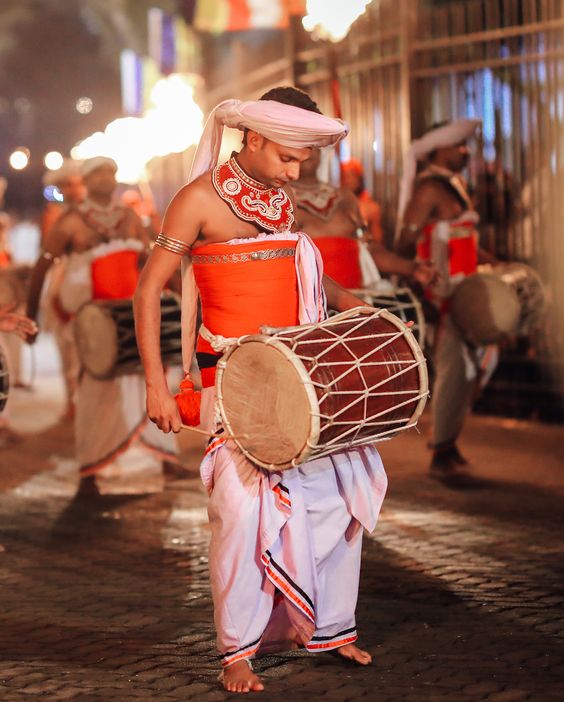Sri Lanka, known for its stunning landscapes, rich cultural heritage, and warm hospitality, has witnessed a significant rebound in its tourism sector in 2024. After facing challenges from the global pandemic and economic uncertainties, the island nation has not only regained its footing but is also experiencing a period of robust growth. Here’s a closer look at how tourism in Sri Lanka has evolved and thrived in 2024.
1. Post-Pandemic Recovery and Growth
The tourism industry in Sri Lanka has seen a remarkable recovery post-pandemic. With the lifting of travel restrictions and the implementation of stringent health and safety protocols, international tourists have regained confidence in traveling to Sri Lanka. The government and tourism authorities have worked diligently to promote the island as a safe and attractive destination, resulting in a significant increase in tourist arrivals.
2. Increased International Arrivals
In 2024, Sri Lanka has welcomed a diverse group of visitors from around the globe. Traditional markets such as the United Kingdom, Germany, and India continue to be strong, while there has been a noticeable uptick in tourists from emerging markets like China, the Middle East, and Eastern Europe. This diversification has been crucial in stabilizing and growing the tourism sector.
3. Enhanced Infrastructure and Connectivity
Infrastructure development has played a pivotal role in supporting the growth of tourism in Sri Lanka. Major airports have undergone expansions to accommodate more flights and passengers. Improved road networks and public transportation options have made it easier for tourists to explore different parts of the country. Additionally, there has been an increase in the number of direct flights from key international hubs, making travel to Sri Lanka more convenient.

4. Eco-Tourism and Sustainable Practices
Eco-tourism has become a significant trend in Sri Lanka’s tourism landscape. With its rich biodiversity, national parks, and pristine beaches, Sri Lanka offers numerous eco-friendly travel experiences. The government and private sector have invested in sustainable tourism practices, promoting responsible travel and conservation efforts. Wildlife safaris, nature trails, and community-based tourism initiatives are gaining popularity among environmentally conscious travelers.
5. Cultural and Heritage Tourism
Sri Lanka’s cultural and heritage sites continue to attract tourists who are eager to explore the island’s ancient temples, colonial architecture, and vibrant traditions. The UNESCO World Heritage sites, including the Sacred City of Kandy, the ancient city of Sigiriya, and the historic Galle Fort, remain top attractions. Festivals and cultural events, such as the Kandy Esala Perahera and the Sinhala and Tamil New Year celebrations, offer unique experiences that draw visitors year-round.

6. Adventure and Wellness Tourism
Adventure tourism is booming in Sri Lanka, with activities like surfing, diving, hiking, and trekking gaining popularity. The island’s diverse terrain, from the coastal regions to the central highlands, provides a perfect backdrop for various adventure sports. Additionally, wellness tourism is on the rise, with an increasing number of tourists seeking yoga retreats, Ayurvedic treatments, and wellness resorts.
7. Digital Marketing and Social Media Influence
The role of digital marketing and social media cannot be overstated in the growth of Sri Lanka’s tourism in 2024. Tourism authorities and businesses have leveraged social media platforms, influencer partnerships, and targeted online campaigns to reach a global audience. Stunning visuals of Sri Lanka’s landscapes, cultural landmarks, and hospitality experiences have gone viral, enticing more travelers to visit the island.
8. Challenges and Future Prospects
While the growth of tourism in Sri Lanka is promising, challenges such as maintaining sustainable practices, managing tourist influx in popular areas, and ensuring the safety and security of visitors remain. However, with continued investment in infrastructure, marketing, and sustainable initiatives, the future of Sri Lanka’s tourism sector looks bright.
In conclusion, 2024 has been a year of remarkable growth for tourism in Sri Lanka. The island nation has successfully navigated post-pandemic challenges, embraced sustainable practices, and capitalized on its natural and cultural assets to attract a diverse and growing number of international visitors. As Sri Lanka continues to develop its tourism offerings and infrastructure, it is poised to remain a top destination for travelers seeking unique and enriching experiences.


Leave a Reply